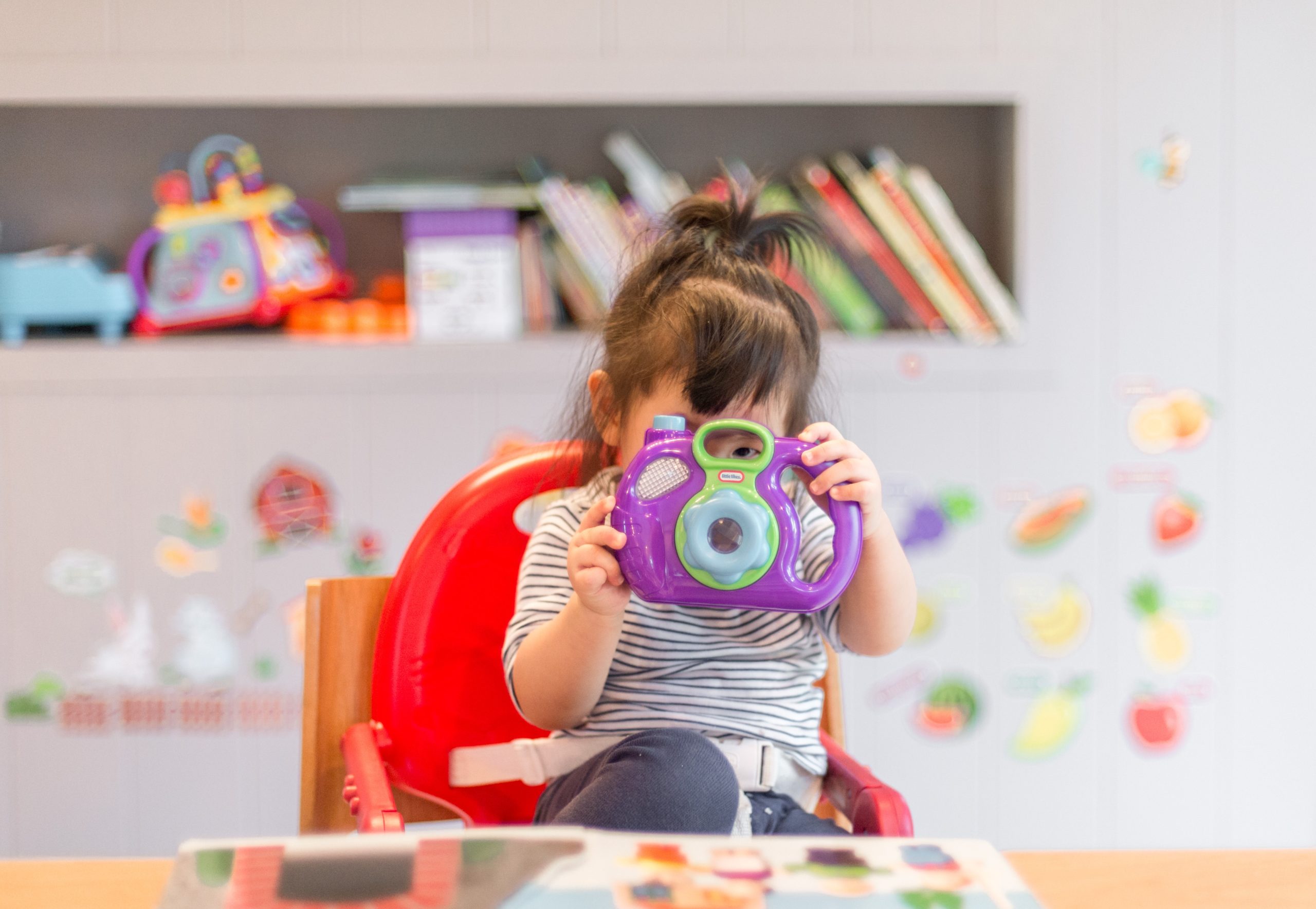Are you ready to create a safe haven for your little ones without compromising on their exploration? Every parent’s top priority is ensuring their child’s safety at home. But where do you begin? Childproofing Essentials for Homes: A Comprehensive Guide has all the answers you need to transform your living space into a secure environment.
In this guide, we’ll delve into the crucial steps and must-have products to fortify your home against potential hazards. From cabinet locks to outlet covers, we’ll provide you with a concise rundown of the essentials you should consider. The safety of your children is non-negotiable, and this article will equip you with practical knowledge to achieve that.
But these essential tools are just the tip of the iceberg. Our guide goes beyond the basics to cover every nook and cranny of your home, ensuring that your child’s curious nature doesn’t lead to accidents. With insights from renowned child safety expert Dr. Emily Lawson, you can trust that our recommendations are backed by authoritative expertise. So, let’s embark on this journey of safeguarding your home while fostering your child’s growth and exploration. Remember, a secure home is a happy home.
Ready to dive into the nitty-gritty of childproofing? Stay with us as we uncover the full array of childproofing strategies, offering you peace of mind and allowing your child to thrive in a protected environment.
Identifying Potential Problems

To effectively childproof your home, you need to identify potential problems. These can range from sharp corners on furniture to toxic household cleaners. Walk through each room and assess what could pose a threat to your child’s safety. Once identified, you can take appropriate measures to mitigate these risks.
Childproofing Solutions for Every Room
Childproofing the Kitchen
The kitchen is filled with potential hazards, from hot surfaces to sharp utensils. Install safety gates to keep your child away from the cooking area, and use stove knob covers to prevent them from accidentally turning on burners. Store cleaning supplies and sharp objects out of reach.
Securing the Living Room
Anchor heavy furniture like bookshelves and TV stands to the wall to prevent tipping. Cover sharp edges of furniture with edge guards, and use cord organizers to keep window blind cords out of your child’s reach.
Safety in the Nursery
The nursery should be a safe haven for your baby. Use safety latches on drawers and closets to prevent access to small objects or choking hazards. Anchor changing tables and ensure that cribs meet safety standards.
Bathroom Precautions
The bathroom can be a slippery and dangerous place for young children. Place non-slip mats on the floor and cover bathtub faucets with soft covers to prevent bumps and bruises. Keep medications and toiletries locked away.
Outdoor Safety Measures
Your child’s safety extends beyond the walls of your home. Install safety gates at the top and bottom of stairs, and create a safe play area in your backyard with soft surfaces to cushion falls.
Choosing the Right Safety Products
Investing in high-quality safety products is crucial for effective childproofing. From safety gates to cabinet locks, opt for products that are durable and approved for child safety.
Creating Safe Play Areas
Designating safe play areas within your home allows your child to explore and play freely. Use soft play mats, remove small objects that could be choking hazards, and ensure that furniture in these areas is stable and secure.
Educating Your Child about Safety
While childproofing goes a long way, teaching your child about safety is equally important. Use simple language to explain why certain areas are off-limits and how to navigate the home safely.
Conclusion
In conclusion, ensuring the safety of your little ones within your home is an absolute priority. Childproofing your living space not only offers you peace of mind but also creates a secure environment where your children can explore and grow without unnecessary risks. By following the comprehensive guide we’ve provided, you’re well on your way to turning your home into a haven that promotes both adventure and safety.
Remember, childproofing is an ongoing process. As your child continues to develop and explore, their abilities and interests evolve as well. Regularly reassess and update your safety measures to stay one step ahead. By staying vigilant and informed, you can maintain a secure environment that allows your child to thrive.
Interactive Question:
What’s the most challenging aspect you’ve encountered while childproofing your home, and how did you overcome it? Share your experiences and tips with the community in the comments below! Your insights could make all the difference for fellow parents striving to create a safe haven for their children.









